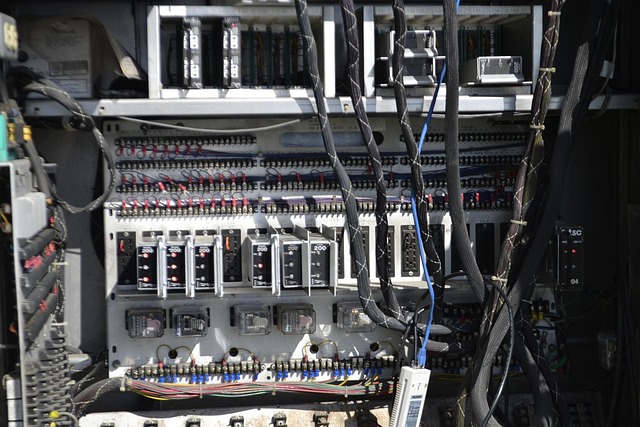The evolution of technology has perpetually driven us toward a more immersive experience in both virtual and augmented realities. One of the most exciting advancements in this arena is the development of holographic displays. These displays push the boundaries of how we perceive digital content, transforming the digital landscape into a three-dimensional experience that feels as real as the physical world.
Virtual reality (VR) has served as a gateway into other worlds, immersing users in environments where they can engage and explore without the limitations of physical constraints. However, traditional displays often restrain that experience, grounding it in a two-dimensional plane. Holographic displays alleviate this limitation, allowing users to interact with 3D holograms as if they were real entities within their space. Imagine playing a VR game where characters leap out of the screen, or designing objects in a virtual workshop that you can walk around and evaluate from all angles. The immersion becomes astonishingly real, heightening the sense of presence.
On the other hand, augmented reality (AR) enhances our real-world environment by overlaying digital information onto it. With holographic displays, AR can achieve unprecedented levels of interactivity. When we use AR, we aim to enrich our day-to-day interactions with digital content. Picture yourself navigating through a busy street while holographic navigation cues guide you to your destination. This seamless blend of digital and physical worlds—the essence of augmented reality—could be transformed with holography, making interactions more intuitive and engaging.
As we peer deeper into the metaverse, the integration of holographic technology is poised to revolutionize how we socialize, work, and experience entertainment. The metaverse is all about connectivity and shared experiences; 3D holographic displays can create virtual spaces where people can gather around shared visual content, breaking the traditional boundaries of distance and location. Whether it’s attending a concert with friends from around the world or collaborating on a project in a virtual office, holographic displays can manifest a sense of presence when interacting with others, making communication feel more natural and engaging.
This revolutionary technology doesn’t just stop at enhancing user experience; it also opens the door to new possibilities in design, education, and beyond. In design thinking, for example, architects and engineers can visualize their creations in a more tangible way, iterating on complex ideas with ease. In education, holographic displays can bring historical events to life or simplify complex scientific concepts, paving the way for a more immersive learning experience that captures students’ captivated attention.
Despite these promising advancements, the journey towards widespread adoption of holographic displays is paved with challenges. The technology must become more accessible and affordable, and necessary infrastructure improvements are essential for seamless integration into existing systems. Nevertheless, as we stand on the brink of this transformation, it’s evident that holographic displays hold tremendous potential to redefine our interaction with technologies.
As we venture into this new era of holographic innovation, the commitment from technology developers and creatives alike will be essential in pushing these boundaries further. The vision is clear: a future where holography seamlessly bridges the gap between reality and imagination, enriching our experiences in virtual reality, augmenting our reality with intelligence, and transforming our participation in the metaverse.




